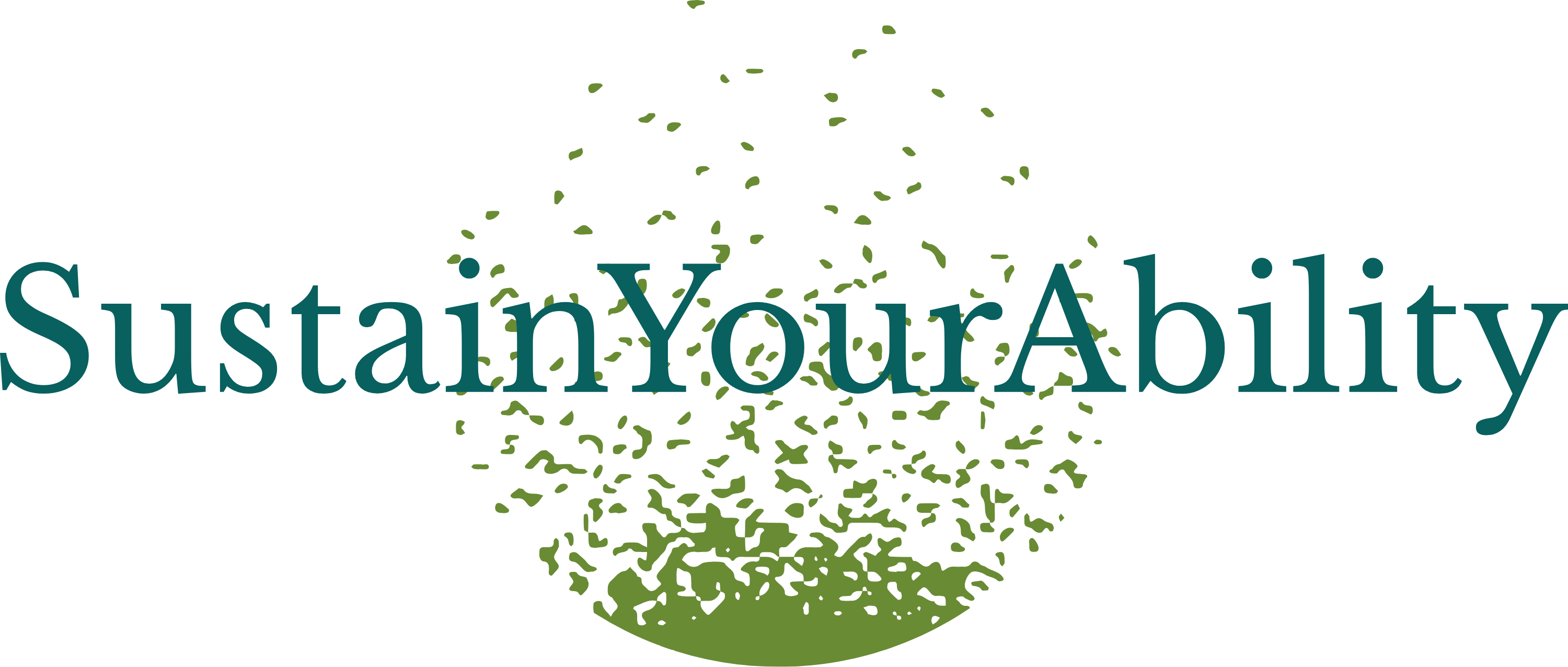Simple Ways to Save Water Every Day
- Rodrigo Batalha

- Apr 7
- 3 min read
Water is one of our planet’s most precious resources—and it's rapidly becoming more scarce. Although water covers about 71% of the Earth’s surface, only about 0.5% is available for use as fresh, drinkable water [1]. Population growth, climate change, and pollution have placed immense pressure on global water supplies. But here’s the good news: by making small changes in our everyday lives, we can significantly reduce our water footprint and help protect this vital resource.
Whether you’re living in a region affected by drought or simply want to live more sustainably, here are simple, practical ways to save water every day—at home, in the garden, and even at work.
1. Fix Leaks Immediately
Dripping taps and leaking toilets can waste surprising amounts of water. A single dripping tap can waste more than 3,000 gallons (11,000 liters) per year [2]. Check faucets, toilets, and outdoor hoses for leaks and repair them as soon as possible. It’s a quick fix that pays off in both water savings and lower utility bills.

2. Turn Off the Tap
One of the simplest habits to adopt is turning off the tap when it's not in use. Don’t let water run while brushing your teeth, shaving, or washing dishes. Turning off the faucet while brushing can save up to 8 gallons (30 liters) of water per day [3]. Multiply that by every member of your household, and the savings add up fast.
3. Install Water-Saving Fixtures
Modern water-efficient fixtures can significantly reduce water use without sacrificing performance. Consider installing:
Low-flow shower heads: These use about 2 gallons per minute (compared to older models that use up to 5).
Dual-flush or low-flow toilets: Toilets account for nearly 30% of indoor water use [4].
Aerated faucets: These mix air with water, maintaining pressure while reducing flow.
Many local utilities offer rebates or incentives for upgrading to these devices, so check what’s available in your area.
4. Use Appliances Efficiently
Running your dishwasher or washing machine only when full can save hundreds of gallons of water each month. If you're in the market for new appliances, look for Energy Star or WaterSense-labeled models, which are designed to use less water and energy [5].
Also, skip the pre-rinse! Most modern dishwashers are built to handle dirty dishes without it.
5. Rethink Your Lawn and Garden
Outdoor water use accounts for about 30% of household water consumption in the U.S., and much of it is wasted through evaporation, runoff, or overwatering [6]. Here are a few ways to reduce that:
Water early or late: Watering during cooler parts of the day (early morning or late evening) minimises evaporation.
Use native plants: These are adapted to your local climate and require far less watering.
Mulch your soil: Mulch helps retain moisture and reduce the need for frequent watering.
Install drip irrigation: These systems deliver water directly to the roots where it's needed most, minimising waste.

6. Collect Rainwater
Setting up a rain barrel under your downspout is a great way to capture rainwater for watering plants, washing your car, or even cleaning outdoor surfaces. It’s free, and you’ll be reducing your reliance on municipal water systems. Some areas offer subsidies or tax incentives for installing rainwater collection systems.
7. Be Mindful in the Kitchen
Food production is water-intensive. For example, it takes about 1,800 gallons (6,800 litres) of water to produce just one pound of beef [7]. Reducing food waste, eating more plant-based meals, and supporting sustainable agriculture can all reduce your indirect water footprint.
Also, when washing fruits and vegetables, consider using a bowl instead of running water continuously. You can even reuse that water for your garden.
8. Educate and Involve Others
Sustainability is most powerful when it's shared. Talk to your family, friends, and coworkers about why water conservation matters. Encourage local schools or offices to adopt water-saving measures, or start a community garden that uses efficient irrigation techniques.
Final Thoughts
Saving water doesn’t have to be a radical lifestyle overhaul. Small, consistent actions add up and create lasting impact—both on the environment and your wallet. With climate pressures mounting, every drop truly does count.
Let’s stay mindful and make water conservation a daily habit. Together, we can help ensure a resilient, water-secure future for generations to come.

References
United States Geological Survey (USGS). (2022). How much water is there on Earth? Retrieved from: https://www.usgs.gov
Environmental Protection Agency (EPA). (2023). Fix a Leak Week Facts. Retrieved from: https://www.epa.gov/watersense/fix-leak-week
Water Use It Wisely. (2024). 100+ Ways to Conserve Water. Retrieved from: https://wateruseitwisely.com
EPA WaterSense. (2023). Statistics and Facts. Retrieved from: https://www.epa.gov/watersense/statistics-and-facts
Energy Star. (2023). Certified Products. Retrieved from: https://www.energystar.gov
Alliance for Water Efficiency. (2022). Outdoor Water Use in the U.S. Retrieved from: https://www.allianceforwaterefficiency.org
Water Footprint Network. (2021). Product Gallery – Meat and Meat Products. Retrieved from: https://waterfootprint.org




